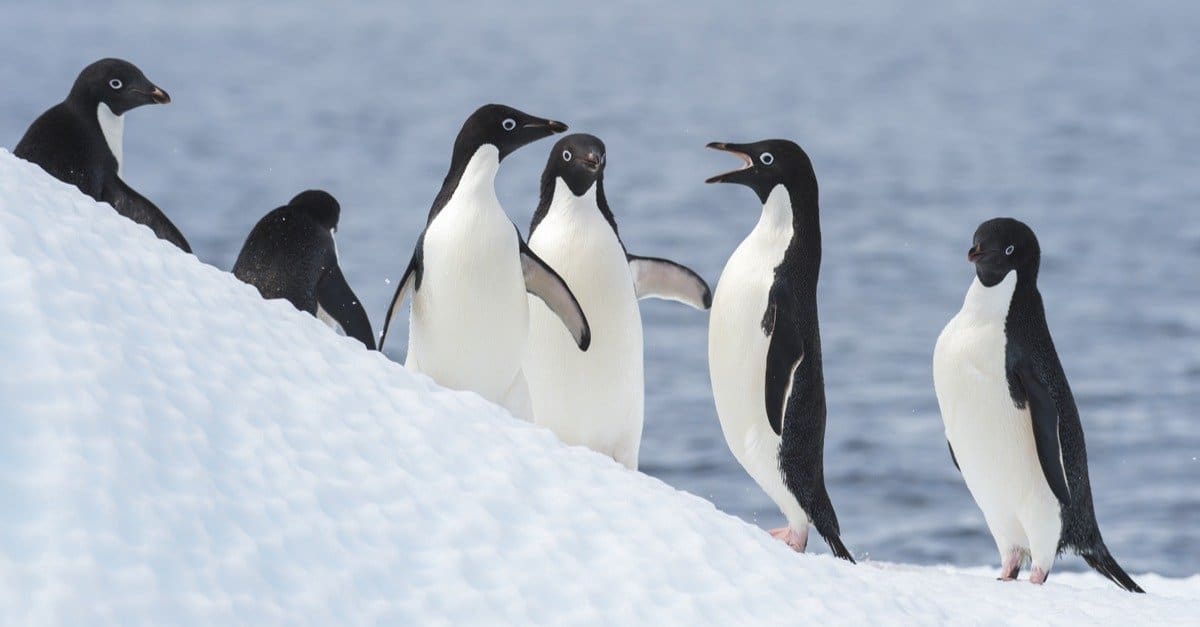Many animals engage in elaborate mating rituals. For flight-ready birds, these often involve complex dance moves and peacock-like displays of grandeur. For their land-bound cousins, like the Adélie penguin, mating rituals function more like a commodity exchange than a dance recital.

The Adélie penguin, or Pygoscelis adeliae, is a penguin species commonly found along the Antarctic coastline. They are best known for their distinct white rings around their eyes and feathers protruding from the base of their bills. While they resemble other penguin species thanks to their tuxedo-like appearance, Adélie penguins have longer tails than their counterparts. Unlike other penguins, the Adélie has a prized possession: pebbles. Watch the video above, and then we will explore the topic further.
Why Pebbles?
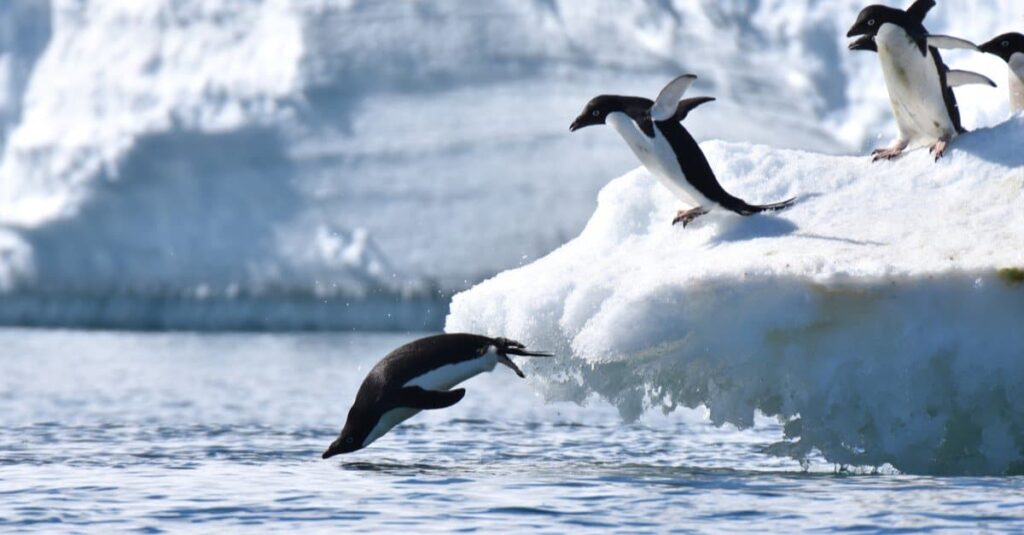
Their habitat, the barren Antarctic coastline, is sorely lacking in raw materials. That’s where the pebble comes in. Adélie penguins use pebbles to build their nests, and since good, building-ready pebbles are hard to come by, these unassuming rocks have become a mainstay of their culture. In fact, they are treated like diamonds in terms of preciousness and value.
Courtship
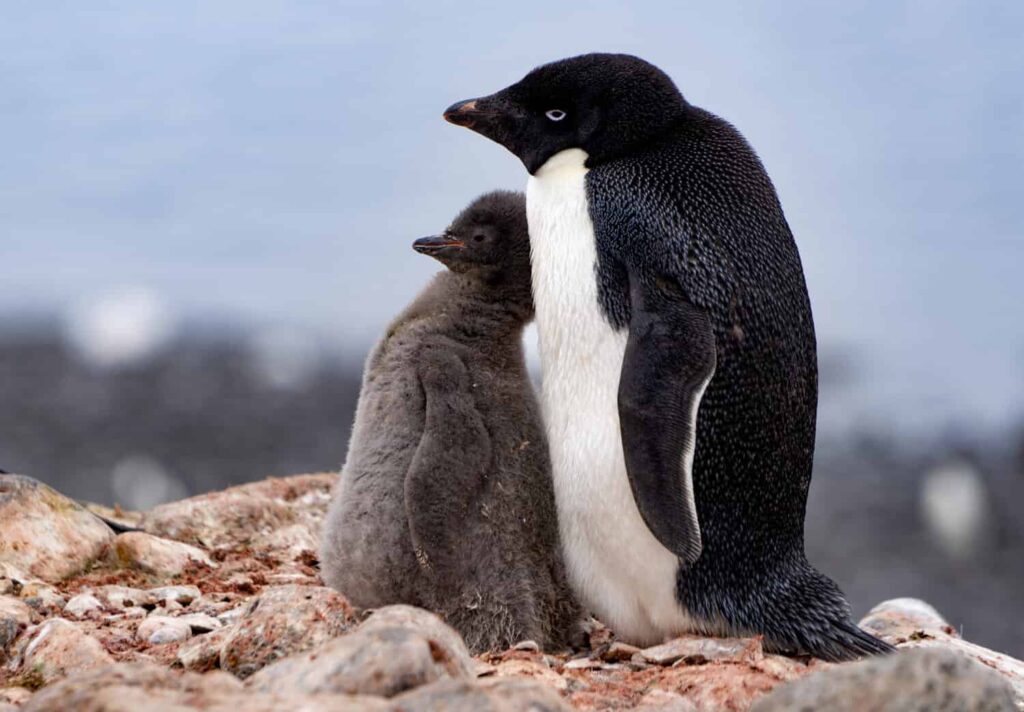
Whereas humans gift their mate precious gems as a display of affection, Adélie penguins give their partner pebbles. When a male Adélie penguin has his eye on a particular female, he searches for the right pebble. Upon discovery, he waddles back to the colony and presents it to the eye of his beholder. If she accepts his gift, the penguin pair bond, learn each other’s calls and typically mate for life.
From there, the male Adélie penguin participates in the raising of chicks. They spend just as much time guarding the nest and nurturing young as the females. After eggs have been laid, the couple takes turns incubating the eggs. When duty calls and one partner heads back to the water, they bring several dozen pebbles to their counterpart beforehand to ensure they will be back. The pebbles act as a romantic enchantment and play a ceremonial role, but they also serve a necessary function for the survival of the species.
Supply and Demand
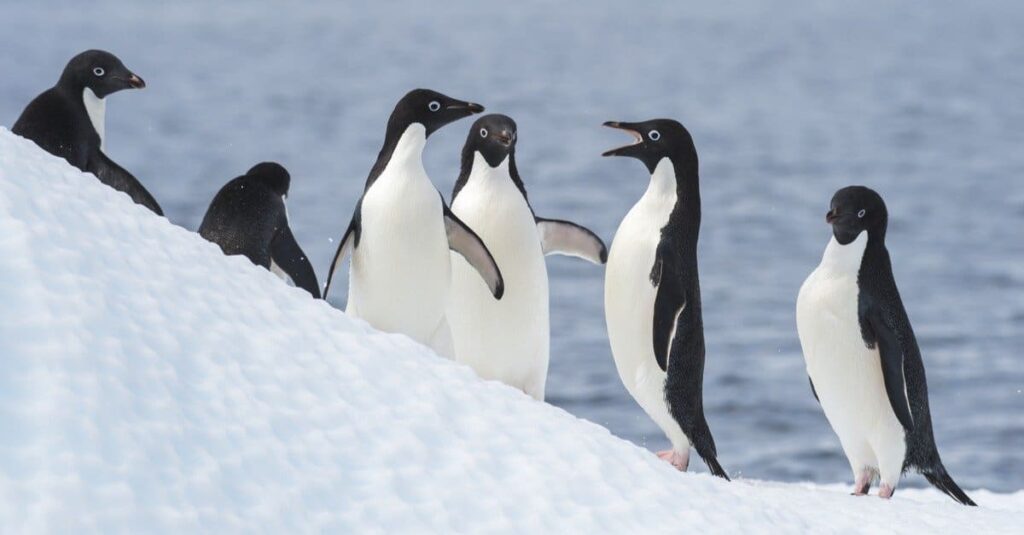
Competition, however, is fierce. Sometimes, there simply aren’t enough pebbles to go around. Biologists have observed Adélie penguins engaging in pebble thievery when times are tough. Typically, if a penguin lacks the resources needed to win a mate and maintain a proper nest, they will venture out to the periphery of their colony and steal pebbles from less guarded nests. It’s far easier to take advantage of an already-built nest than to venture far away from the colony, so penguins in dire straits will resort to this behavior.
This may seem like a nuisance, but it’s a matter of life and death. Adélie penguins require a certain amount of building blocks to maintain a nest. If they can’t supply the pebbles, they can easily lose their offspring to the elements. If a thieving penguin is caught stealing pebbles, the vulnerable nest owner will attack. Furthermore, the burglarized nest’s neighbors will also attack, sensing that they are next in line for stealing. Ironically, or tragically, the colony’s take on a robber baron-like economy.
The penguins with nests at the center of the colony do the best and produce the most offspring, but often at the expense of nests on the periphery. That said, the peripheral penguin nests are also closer to pebble supplies. This means they get stolen from the most, but have an easier chance of replenishing their pilfered home.
Remarkably, the demand for pebbles in Adélie penguin communities has produced other interesting behaviors.
Take the Pebbles and Run

When supply is truly scarce, Adélie penguins are known to engage in a form of prostitution. This behavior was first observed in 1998 by researchers from the University of Cambridge and the University of Otago. During their five long years of observing Adélie penguin mating behavior, the researchers discovered that female penguins would sometimes trade their bodies for pebbles. Even if they already had a mate, a small percentage of female penguins would run off and find a single male.
Sensing an opportunity, the bachelor would find a stone and present it to the female. Once she accepted and the pair engaged in their mating ritual, the female would run off back home. Sometimes, an enterprising female would repeat this behavior, mating with several males and taking their stones before absconding.
It’s hard to say exactly what causes this behavior. Even if a female penguin conducts these mating rituals with several males, she only acquires a couple of stones — far too few to build a nest. Researchers speculate that the female might be scouting future possible mates in case their current mate dies. Furthermore, there might be a genetic fitness component to the penguin prostitution. As for the female’s current mate, they typically remain ignorant of the infidelity. The lucky single male penguins, however, get a chance to spread their progeny.
Statistical Anamoly
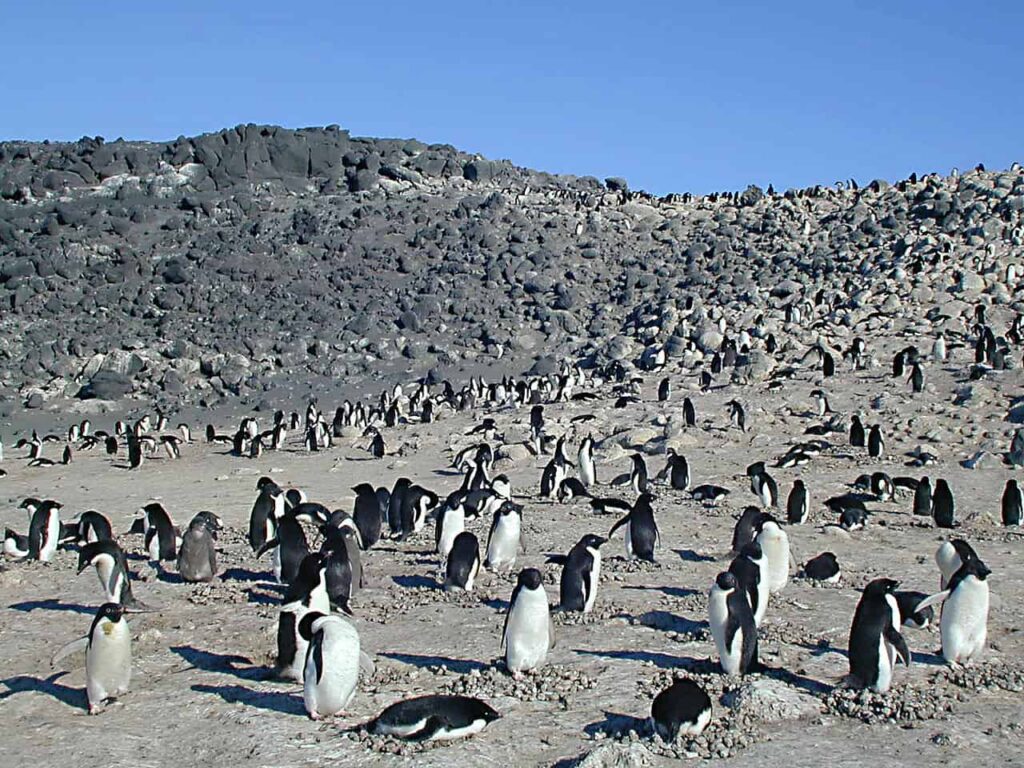
While penguin prostitution happens, it’s rare. According to the researcher who first observed this behavior, less than 10 percent of penguins engage in prostitution. Furthermore, it doesn’t entirely fit the definition. Pebbles reign supreme for Adélie penguins in all aspects of life. The trading of pebbles happens even when copulation doesn’t occur, so the anthropomorphizing of their behavior might not be accurate.
That said, Adélie penguins aren’t the only species to engage in licentiousness. Several monkey and chimpanzee species are known to trade meat and other food for mating privileges. Considering that this penguin behavior was first observed only a few decades ago, who knows what else we might learn about the Adélie penguin and their practices in the future?
